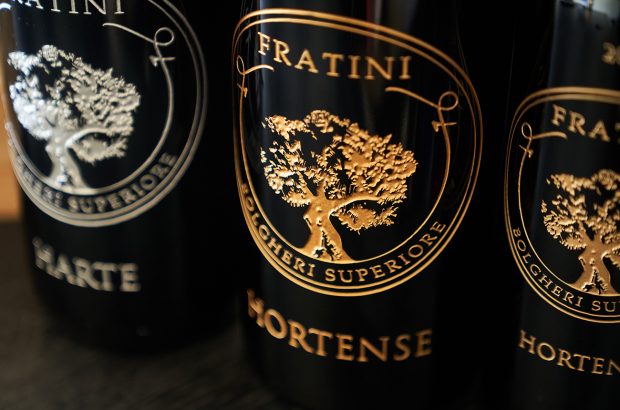There’s far more to Txakoli - think 'cha-koh-lee' - than spritzy whites, says Sarah Jane Evans MW, who chooses her favourite bottles that showcase the versatility of this on-trend Spanish style.
Txakoli has an image problem.
It’s one of those wines where traditional reputation has not caught up with reality. For far too long it has been regarded as a rustic white, with punchy acidity and a spritz, that’s poured from a height into a tumbler. It’s much more than that.
It’s a style
First of all, it’s a wine style; there’s no grape called ‘Txakoli’.
Hondarribi Zuri and Hondarribi Beltza are the main varieties, but there are others, depending on the DO, including Chardonnay, Riesling, Hondarribi Zuri Zerratia (Petit Courbu) and Mune Mahatsa (Folle Blanche), as well as Gros Manseng and Petit Manseng.
Not just white wine
Nor is it just white wine. There are a few reds (Doniene Gorrondona makes one from pre-phylloxera vines), traditional-method sparklings, and a very small number of sweet wines, the best of which are terrific.
There’s also a well-made orange wine, Itsasmendi’s Bat Berri. It’s made in three DOs. Txakoli de Getaria, clustered around San Sebastián, is the largest, and home to the style of spritzy freshness that has defined Txakoli.
Txakoli de Bizkaia lies to the west, centred on Bilbao and its hinterland, while Txakoli de Alava is the smallest. What’s interesting is that in this tasting Alava produced the highest-scoring wines; yet when the DO was created in 1989 Alava was dying; just 5ha of vines were left.
Lots to explore
Whatever the style or DO, Txakolis are all Atlantic wines – some more than others. Many vines have their toes practically in the ocean!
This is not an easy place to grow grapes. As a result the wines are fresh, some of them tartly so, and most of them have low or moderate alcohol. In that respect they are in tune with a current trend for lighter, fresher wines.
Only three of the wines I tasted had that textbook spritz – you can find it if you want it, but there’s plenty more to explore.
Some producers are making the traditional styles, others are working with lees; a few are maturing wines in oak or concrete eggs, and many focus on parcel selection in their vineyards.
Some are also bringing in consultant winemakers. Occasionally these are investors – new entrants to Txakoli. Export is an interesting issue.
For a long time, few Txakolis were exported and, in general, many international markets still see the entry-level of a brand rather than the more interesting special selections. However, with such diversity, there’s so much more reason to look beyond the ‘regulars’.
Txakoli wines to seek out















